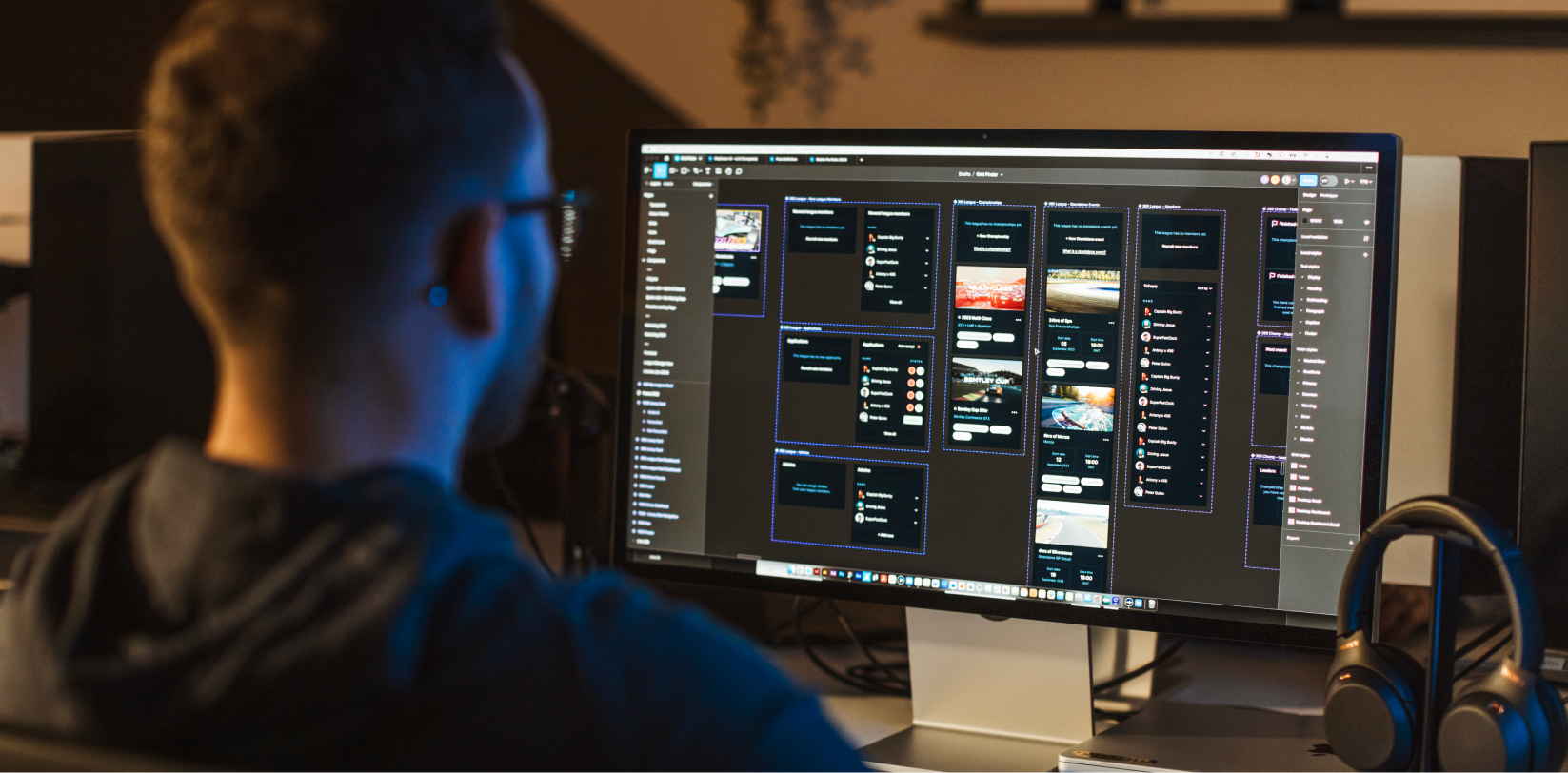Fitts’ Law helps your customers navigate through your website with ease, making sure each clickable element (buttons, menus etc) are effortless to find and utilise. This helps your customer to complete your key call to actions, such as making an enquiry or a purchase.
The law itself tells us that:
“The amount of time required for someone to move a cursor to a target area is dependent/related to the distance of the target divided by the size of the target.”
But what does this all mean for your website?
In basic terms, any clickable area of your website should require the least effort from your customer – and you can achieve this in two ways:
- By reducing the distance the user has to move their mouse/finger to complete an action.
- By making sure the clickable areas are large enough for your user to easily use.
By making your website as frictionless as possible, you can help your customers find the information they need and make enquiries and purchases.
Two things to remember when applying Fitts’ Law to your website.
1. Place buttons and clickable elements in an easy-to-reach location.
When placing important buttons and calls to action on your website pages, be sure to put them in an area that is fast and easy for the user to get to.
Take a look at this example of a Book a Flight process. As you can see, the Search Flights button is the most important element on the screen and therefore the largest. It’s also very close to where the user’s cursor would be when filling out the flight options.
2. Create buttons and clickable elements that are large enough to use.
It’s harder to tap a button with your finger, thumb or mouse cursor when it’s tiny, so make sure each clickable area on your website is large enough for the user to see and understand, as well as physically click.
Smaller buttons are more difficult to accurately press and cause frustration for your customers, disrupting the frictionless experience of your website.
This example shows the Get Free Trial button as the largest button on the screen. There are other clickable areas, such as the learn more option and top navigation bar, but as the company wants their customer to access the free trial, it’s the largest and most easy to access element on the page.
Traps to avoid with Fitts’ Law.
Size matters.
If every website was to abide by Fitts’ Law to the letter, we would have a lot of sites with just one huge button in the middle of the page.
You must also remember where to draw the line to still keep some interest and creativity in your design.
Go mobile.
Design with a variety of screen sizes and dimensions in mind.
Over 50% of all web traffic is now done via smartphone, so make sure your buttons and clickable elements are useable on a smaller screen, as well as your desktop.
Key takeaways:
- Fitts’ Law helps us design websites that are easy to use.
- Reduce the amount of effort it takes to click an option on your website.
- Make sure all buttons and clickable areas are large enough to use.
If you have any questions about Fitts’ Law and how to use it for your website, get in touch with a member of our team right now.


